The 65th Infantry Division during World War II
In 1985, the United States Holocaust Memorial Museum and the US Army Center of Military History began a program to honor US Army divisions that took part in the Allied liberation of Nazi camps. The US Army Center of Military History defines a liberating division as one whose official records show its presence at a camp within 48 hours of the first soldier’s arrival. The 65th Infantry Division is among the 36 US divisions that have been recognized to date.
Key Facts
-
1
US, British, Soviet, and Canadian troops encountered concentration camps and other sites of Nazi crimes as they advanced across Europe in 1944 and 1945.
-
2
The Allied soldiers liberated sick and starving camp prisoners from Nazi tyranny. They also provided them with food, clothing, and medical aid.
-
3
The United States Holocaust Memorial Museum and the US Army Center of Military History have recognized 36 US divisions for their role in the liberation of Nazi camps.
65th Infantry Division Campaigns during World War II
Established in 1943, the 65th Infantry Division landed at the French port of Le Havre in late January 1945. The "Battle Axe" division was subsequently deployed to the German border in March, when it crossed both the Saar and Rhine rivers. In April, the unit turned southward, advancing into Bavaria, where it took the city of Regensburg and the town of Passau in early May. Shortly thereafter, it drove into Austria and captured the city of Linz on May 5. When the war ended in Europe, the "Battle Axe" division had made contact with Soviet armed forces.
The 65th Infantry Division and the Liberation of Flossenbürg
While advancing through Bavaria, the 65th overran a subcamp of the Flossenbürg concentration camp on April 20–21, 1945.
Recognition as a Liberating Division
The 65th Infantry Division was recognized as a liberating unit by the US Army's Center of Military History and the United States Holocaust Memorial Museum in 1994.
65th Infantry Division Battle Casualty Figures
Hundreds of thousands of US servicemen and women died or were wounded in the fight against Nazi tyranny.
The total number of battle casualties for the 65th Infantry Division in the European Theater of Operations during World War II was 1,230. In this case, “battle casualties” includes all personnel who were unable to fight in battle because they were wounded, missing, captured, or killed.
Among the battle casualties suffered by the 65th Infantry Division, there were 260 deaths.
65th Infantry Division Nickname and Insignia
The 65th Infantry Division’s insignia or patch was designed by its commanding officer, Major General S.E. Reinhart. The patch is in the shape of a shield. It shows a silver halberd on a royal blue background. A halberd is a type of axe with a spike mounted on a long pole. It was a weapon used by shock troops in Europe in the 15th and 16th centuries to cut through the enemy. The division’s nickname, the “Battle Axe Division,” reflects this insignia.
Footnotes
-
Footnote reference1.
In the aftermath of World War II, the US Department of the Army compiled casualty figures for US Army personnel. The US government published these figures in 1953. The report listed casualty numbers for the US Army for the period from December 7, 1941 (Pearl Harbor) through December 31, 1946, when US President Harry S. Truman officially declared the end of war hostilities. Army Battle Casualties and Nonbattle Deaths: Final Report, 7 December 1941-31 December 1946, Prepared by the Statistical and Accounting Branch, Office of the Adjutant General, Under the Direction of the Program Review and Analysis, Division of the Comptroller of the Army, O.C.S., (Washington: Department of the Army, 1953), p. 3-4, 84-89.
Critical Thinking Questions
What challenges did Allied forces face when they encountered the camps and sites of other atrocities?
What challenges faced survivors of the Holocaust upon liberation?

